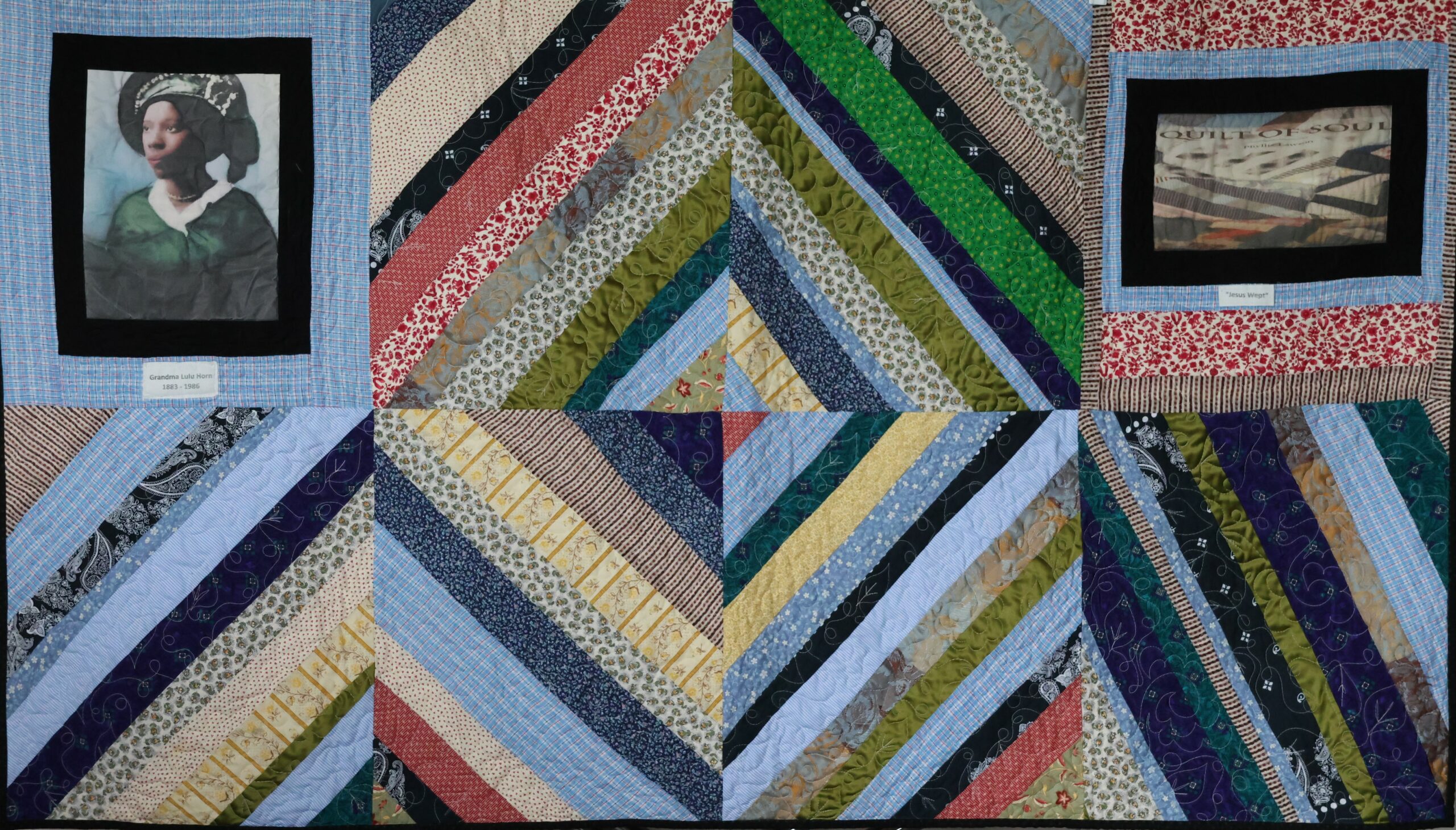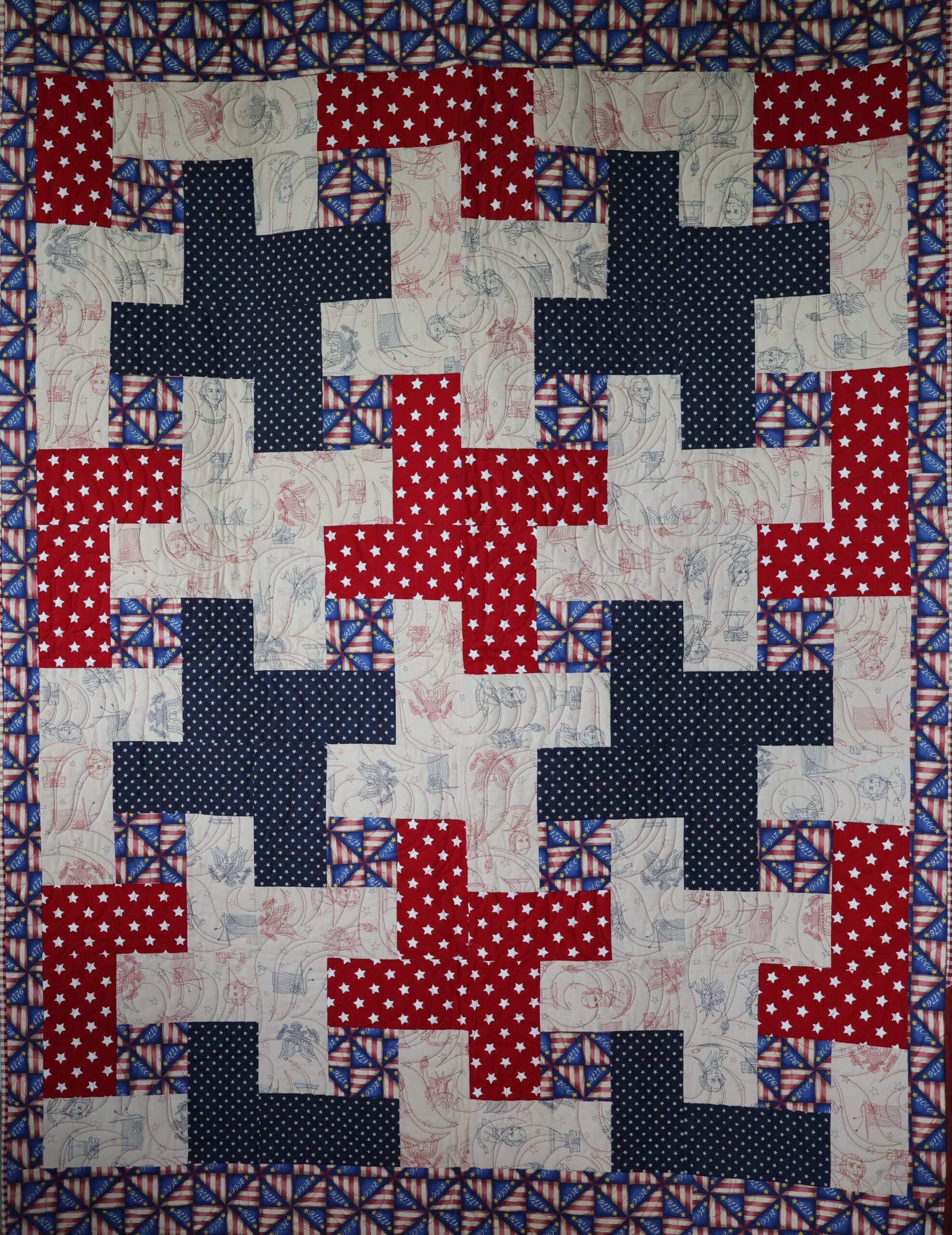
- Home
- Quilts
Quilts
Growing up in the country, I would observe four to six women sitting around the quilting horse sewing or repairing a quilt that they brought to my grandparents' front yard.
They’d tell stories of slavery, speak about their current and past troubles, talk about God, and shed a tear or two over prominent things in their lives. Amazingly, all these women possessed the same type of look in their eyes. I always felt that it was something about their eyes, whereas I saw strength, but at the same time, looking deeper, there was sadness as well. The quilting is what brought them all together with their stories in tow; they were able to process feelings of loss, laughter, and pain. Watching and helping Grandma quilt over those almost ten years that I remained with her, I, too, could feel those older women long after they’d returned to their homes. It wasn’t until years later that I could fully articulate how quilting was these women’s catharsis. I’m sure it’s a phenomenon that went back to Africa and beyond.
I often listened to the old folks as they spoke about how enslaved people made it to freedom.
They talked about how quilts were hung across fences and tree limbs and acted as a guidepost for enslaved people who tried to make their way north. Some held railroad track designs, arrows, and other symbols that pointed them to freedom. As I look at my grandmother’s quilts, I can’t help but see some of the same features in those quilts that those women described as I laid under the house listening, learning, and ready to save all this knowledge about those quilts in my memory bank.

THE QUILT OF SOULS
This quilt was made and given to me by my grandmother Lula Horn. The first time I laid eyes on it was 1957, I was four years old, and it was not a full quilt. Over the next nine years, my grandmother slowly and deliberately added pieces of her ancestors and loved one’s clothing into my quilt of souls. I would sit and listen as she told me the life stories of the people’s clothing that she weaved into my quilt.
Historical Quilts









